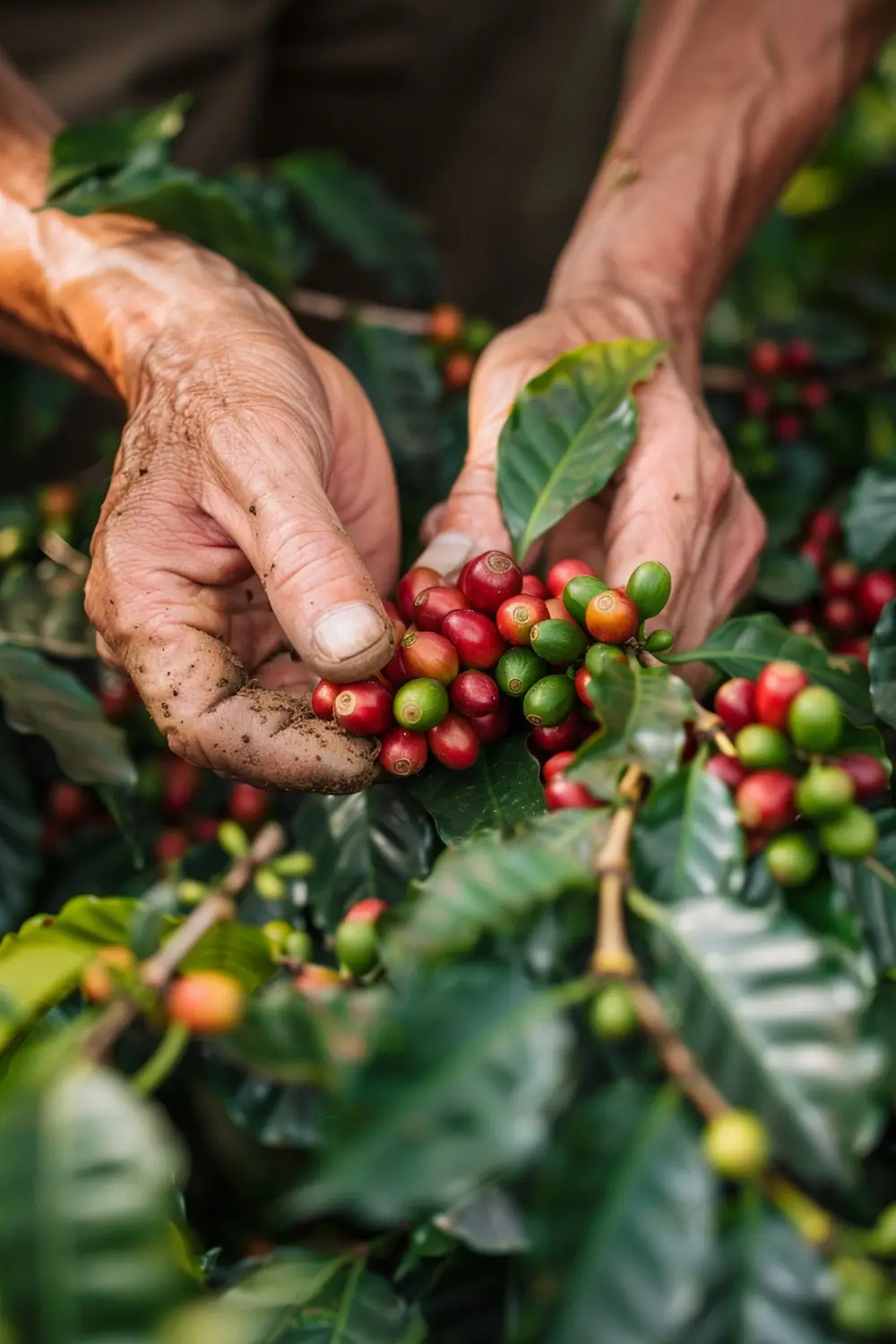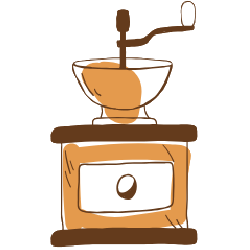Ever wonder what makes a coffee cost hundreds of dollars a pound? You might picture rare beans from a distant land. Or maybe a secret, ancient brewing technique. The truth is often stranger, and sometimes a bit gross. We are talking about the world’s priciest coffees. Many of them get their distinct flavor—and hefty price tag—from animals.
What is Kopi Luwak?
One name always comes up: Kopi Luwak. This coffee comes from Indonesia. Its fame, or infamy, stems from how it’s ‘processed.’ Wild civet cats eat coffee cherries. They digest the fruit pulp. Then they excrete the beans. Yes, that’s right: cat poop coffee. Enzymes in the civet’s gut change the bean’s protein structure. This is supposed to make the coffee smoother and less bitter. It also gives it a distinct flavor profile. People describe it as earthy, chocolaty, and less acidic. Collectors then find these beans, clean them, and process them.
The journey from cherry to cup for Kopi Luwak is certainly unusual:
- Civet cats eat ripe coffee cherries,
- Their digestive enzymes break down outer layers,
- Beans pass through their system largely intact,
- Harvesters collect these beans from the ground,
- Beans are cleaned, roasted, and brewed just like regular coffee.
This process sounds interesting, but there’s a serious downside. Much Kopi Luwak comes from caged civets. These animals live in poor conditions. They get force-fed coffee cherries. This practice raises major ethical flags. Always look for certified wild-collected beans if you want to try it ethically. Otherwise, you might support animal cruelty.
Kopi Luwak isn’t the only coffee that uses animal digestion. Black Ivory Coffee is another example. It comes from Thailand. Elephants are the ‘processors’ here. They eat coffee cherries. Their massive digestive systems also alter the bean’s flavor. This coffee fetches even higher prices than Kopi Luwak. It has notes of chocolate, nuts, and spices. Then there’s Hacienda La Esmeralda Geisha. This one doesn’t involve animals. It’s a specific varietal from Panama. Its bright floral and citrus notes make it highly desired. It wins many coffee competitions. Its rarity drives up its price.
What makes these coffees so valuable?
- Rarity: Supplies are extremely limited, especially for naturally processed types,
- Unique Processing: Animal digestion creates distinct flavor profiles you won’t find elsewhere,
- Demand: Coffee connoisseurs and luxury markets drive up prices,
- Labor: Harvesting these special beans is often time-consuming and difficult,
- Terroir: For coffees like Geisha, the specific growing conditions are perfect and rare.
So, when you pay a premium for a cup, you’re not just buying coffee. You’re buying a story. You’re buying a distinct process. Sometimes, you are even buying a controversy. Is it worth the cost? That’s a question only your taste buds can answer.
Here is a quick look at some of the world’s most expensive coffees:
| Coffee Name | Origin | Typical Price (per pound) | Key Factor |
|---|---|---|---|
| Kopi Luwak | Indonesia | $100 – $600 | Civet cat digestion |
| Black Ivory Coffee | Thailand | $500 – $1,000 | Elephant digestion |
| Hacienda La Esmeralda Geisha | Panama | $100 – $350 | Rare varietal, distinct floral notes |
| Finca El Injerto Geisha | Guatemala | $150 – $500 | Award-winning varietal, complex flavor |
| St. Helena Coffee | Saint Helena | $80 – $150 | Remote island, distinct Bourbon Arabica |
| Jamaican Blue Mountain Coffee | Jamaica | $50 – $100 | High altitude, mild flavor, strict quality control |









